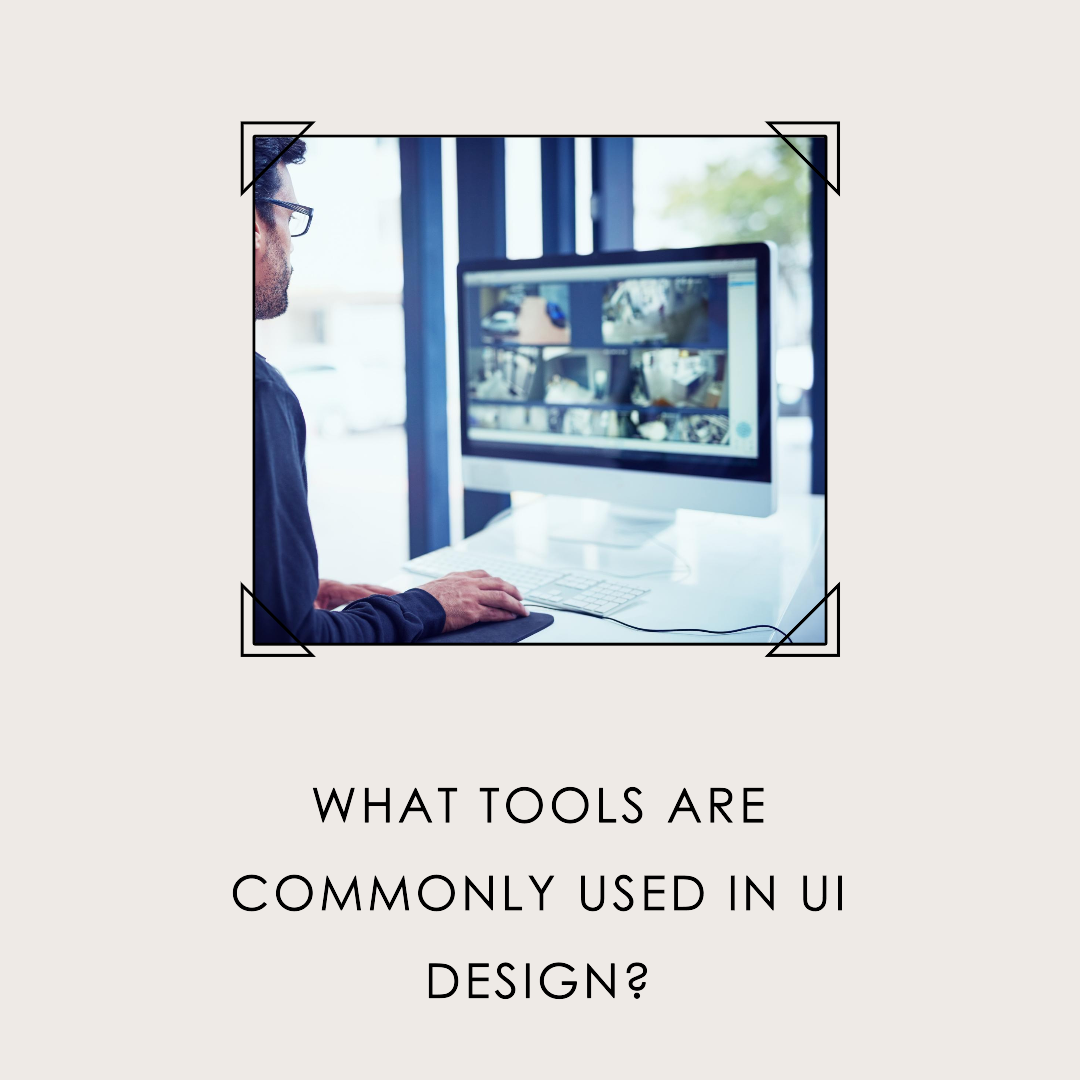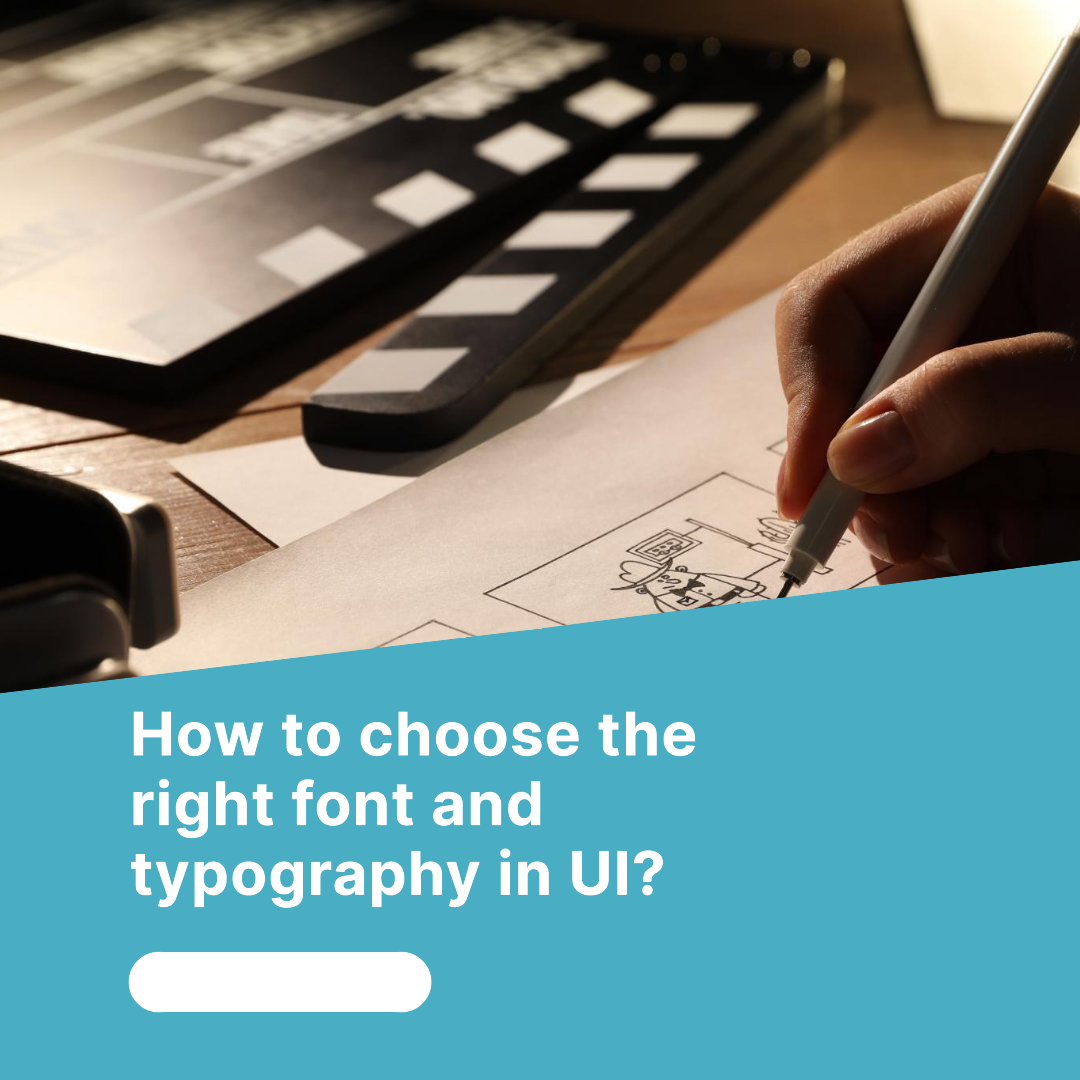Artificial intelligence (AI) is rapidly transforming the world of UI/UX design. By automating tasks, analyzing data, and predicting user behavior, AI is helping designers create more efficient, effective, and personalized user experiences.
4 ways that AI is being used in UI/UX design:
- Automating tasks: AI can automate many of the tedious and time-consuming tasks involved in UI/UX design, such as wireframing, prototyping, and testing. This frees up designers to focus on more creative and strategic work.
- Analyzing data: AI can analyze large amounts of user data to identify patterns and trends. This information can be used to inform design decisions, such as the layout of a website or the choice of colors.
- Predicting user behavior: AI can predict how users will interact with a design. This information can be used to optimize the design for usability and engagement.
- Personalizing the user experience: AI can personalize the user experience by tailoring it to the individual user’s preferences and needs. This can be done by using AI to analyze user data, such as browsing history and search queries.
3 specific examples of how AI is being used in UI/UX design:
- Google’s Material Design: Google’s Material Design is a design system that uses AI to create more intuitive and engaging user interfaces. For example, Material Design uses AI to analyze user behavior and predict how they will interact with a design. This information is then used to optimize the design for usability and engagement.
- Amazon’s Alexa: Amazon’s Alexa is a voice-activated AI assistant that can be used to control smart home devices, play music, and get information. Alexa uses AI to understand user requests and provide relevant responses.
- Netflix’s personalized recommendations: Netflix uses AI to recommend movies and TV shows to users based on their viewing history and preferences. This helps users to find content that they are more likely to enjoy.
The use of AI in UI/UX design is still in its early stages, but it has the potential to revolutionize the way that we interact with digital products. As AI technology continues to develop, we can expect to see even more innovative and personalized user experiences in the future.
4 benefits of using AI in UI/UX design:
- Increased efficiency: AI can automate many of the tedious and time-consuming tasks involved in UI/UX design, such as wireframing, prototyping, and testing. This frees up designers to focus on more creative and strategic work.
- Improved usability: AI can analyze user data to identify patterns and trends. This information can be used to improve the usability of a design by making it more intuitive and easy to use.
- Increased engagement: AI can personalize the user experience by tailoring it to the individual user’s preferences and needs. This can help to increase user engagement and retention.
- New possibilities: AI is opening up new possibilities for UI/UX design. For example, AI can be used to create more immersive and interactive user experiences.
3 challenges of using AI in UI/UX design:
- Data privacy: AI algorithms often require large amounts of user data to train and operate. This raises concerns about data privacy and security.
- Bias: AI algorithms can be biased, which can lead to discriminatory or unfair design decisions.
- Cost: AI tools can be expensive, which can make them inaccessible to smaller businesses and organizations.
Despite the challenges, the benefits of using AI in UI/UX design outweigh the risks. As AI technology continues to develop, we can expect to see even more innovative and personalized user experiences in the future.
If you are a UI/UX designer, I encourage you to explore the use of AI in your work. AI can help you to create more efficient, effective, and personalized user experiences.








